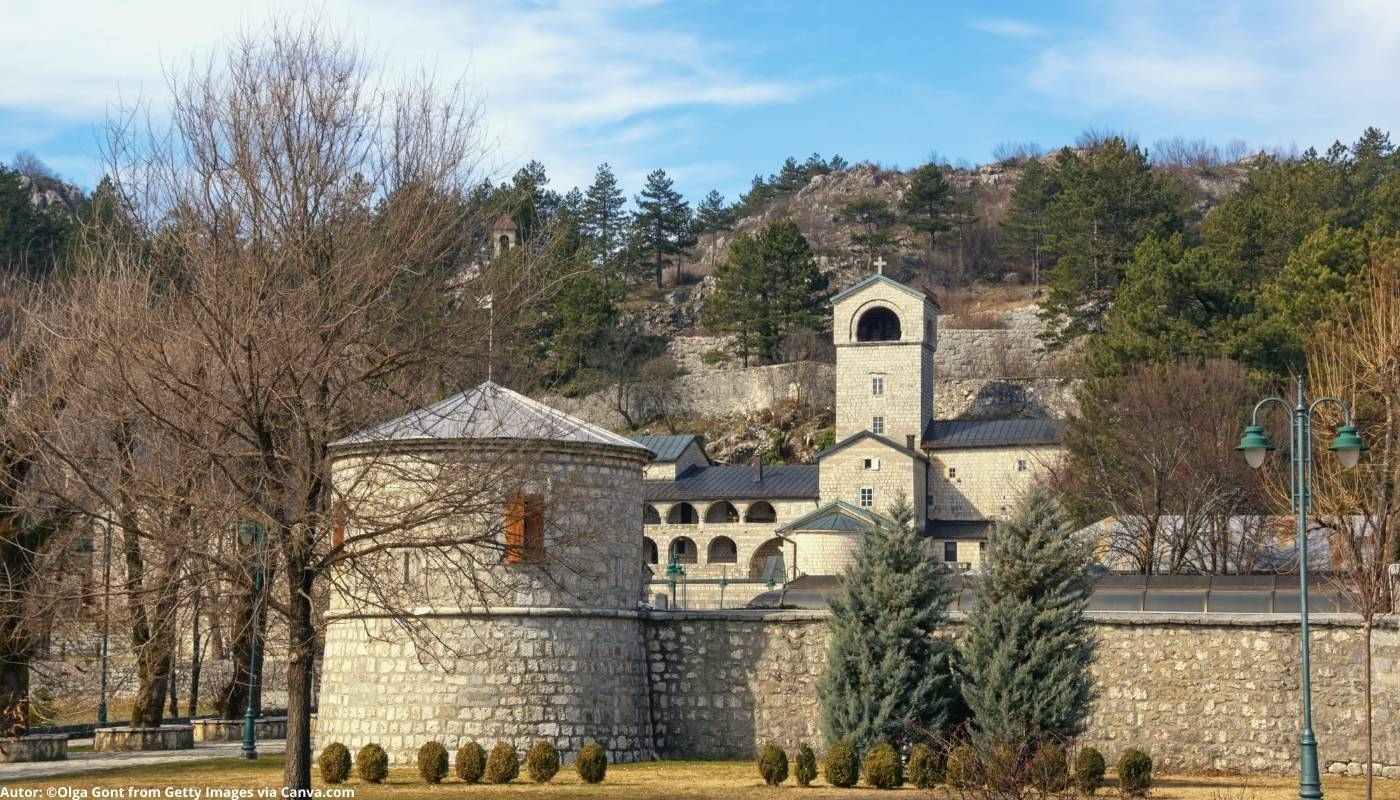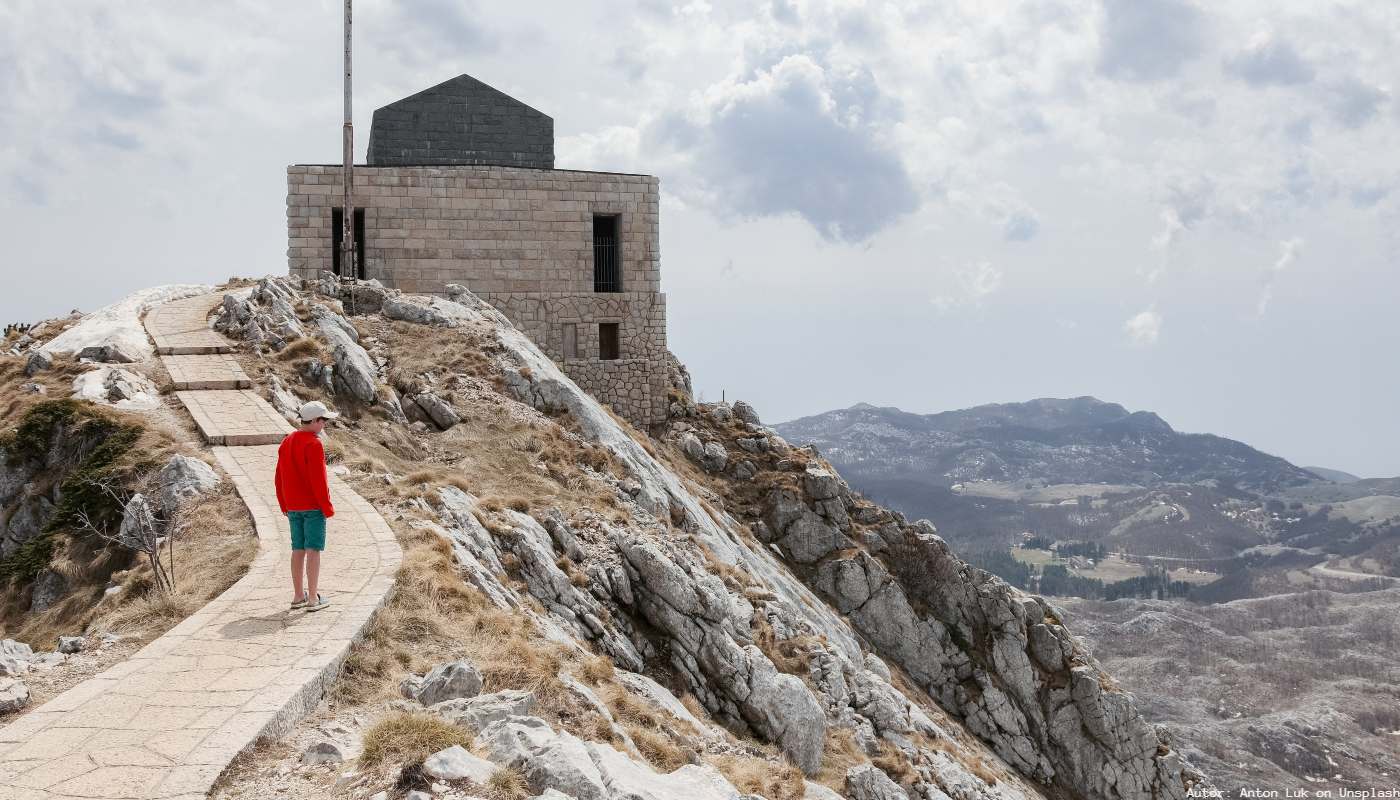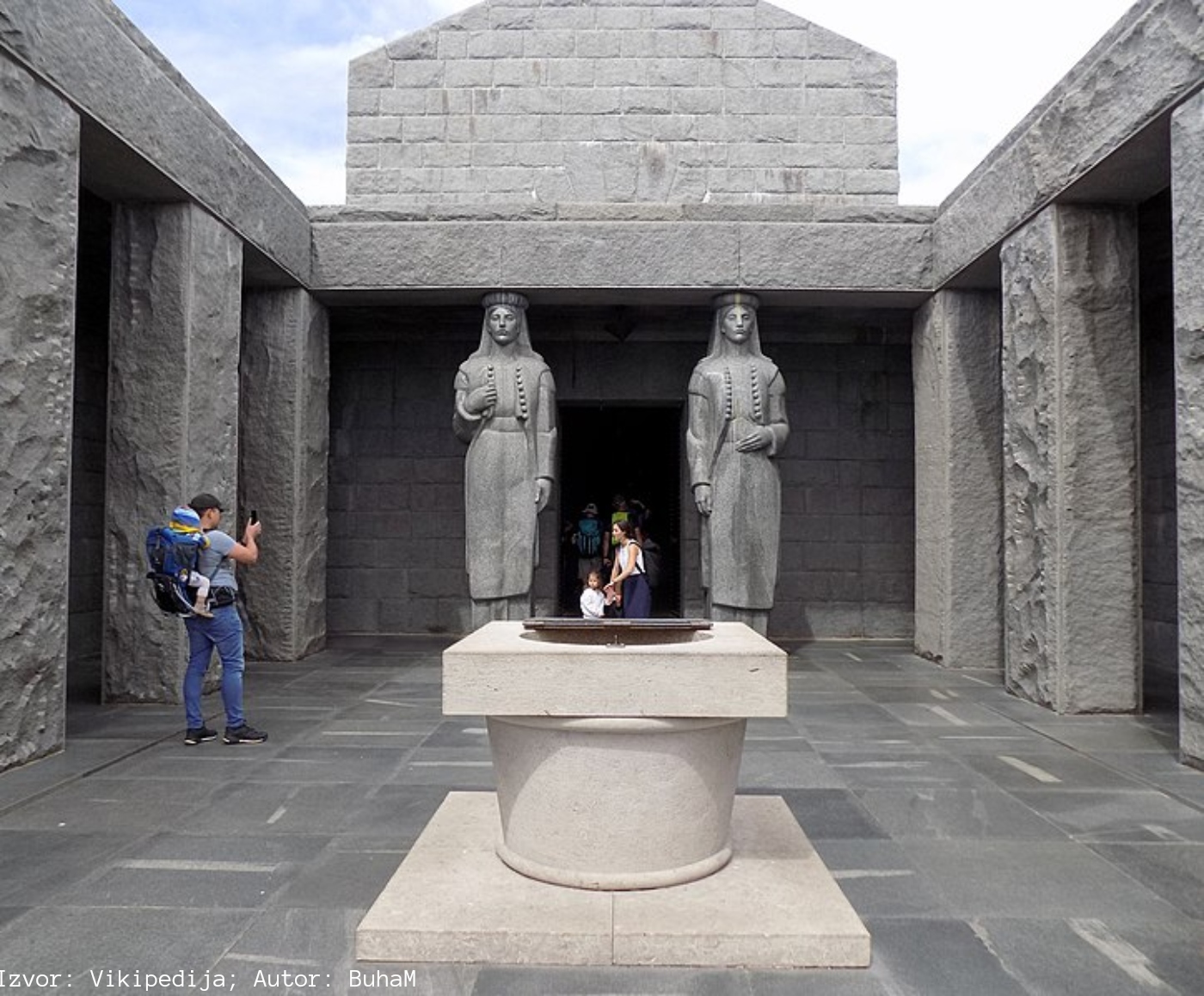Cetinjski manastir
Share this attraction
Back

Cetinjski manastir
Cetinje
Cetinje Monastery - The most important information
The Cetinje Monastery is one of the most important monasteries of the Serbian Orthodox Church. This monastery is located in Cetinje and belongs to the Metropolitanate of Montenegro and the Littoral. It is dedicated to the Nativity of the Presvete Bogorodice Marije. It houses many cultural assets, such as the hand of St.Jovana Krstitelja and the crown of Stefan Decanski, and it is precisely for this reason that it is visited by many believers from all over the world.
History of the Cetinje Monastery
The monastery was originally built in 1484 as a new monastery of the Zeta Metropolitanate, and it was built by the famous Ivan Crnojevic, the ruler of Zeta. Between 1493 and 1496, therefore, at the very end of the 15th century, the famous Zeta printing house, the oldest printing house in the Serbian lands, worked near the monastery itself. The old monastery was demolished in 1692 when it was destroyed by the Venetians when they were retreating at the arrival of Suleiman Pasha. Then they made torches that they wanted to light when the Vizier of Skadar entered it. For a long time, the people believed that it was actually destroyed by the Turks. After this unfortunate event, a new monastery complex was built, which has been restored and expanded many times. Today's appearance dates from the beginning of the 20th century, more precisely from 1927.
The importance of the Cetinje Monastery
Among its old walls, the Cetinje Monastery preserves one of the most important religious and cultural relics. It is a real mystery and great luck that the relics managed to survive during the turbulent times of war.
History of the Cetinje Monastery
The monastery was originally built in 1484 as a new monastery of the Zeta Metropolitanate, and it was built by the famous Ivan Crnojevic, the ruler of Zeta. Between 1493 and 1496, therefore, at the very end of the 15th century, the famous Zeta printing house, the oldest printing house in the Serbian lands, worked near the monastery itself. The old monastery was demolished in 1692 when it was destroyed by the Venetians when they were retreating at the arrival of Suleiman Pasha. Then they made torches that they wanted to light when the Vizier of Skadar entered it. For a long time, the people believed that it was actually destroyed by the Turks. After this unfortunate event, a new monastery complex was built, which has been restored and expanded many times. Today's appearance dates from the beginning of the 20th century, more precisely from 1927.
The importance of the Cetinje Monastery
Among its old walls, the Cetinje Monastery preserves one of the most important religious and cultural relics. It is a real mystery and great luck that the relics managed to survive during the turbulent times of war.
- The right hand of St. Jovana Krstitelja is kept in the monastery, which came into the possession of the Karadjordjevic family through the Romanov Knights of Malta, together with a part of the Holy Cross and the icon of the Mother of God of Filerim. King Petar II Karadjordjevic transferred the relics to Ostrog, where they spent the war hidden, until the police took them away during a raid. The hand was in the Udba safe, until Metropolitan Amfilohija took it out in 1993 and transferred it to the Cetinje Monastery.
- The relics of Saint Petra Cetinjskog,
- A coffin with a part of the Holy Cross, and
- The crown of Saint Stefana Decanskog. I
- The staff of Zeta ruler Ivan I Crnojevic,
- An epichtrachelj,
- The crown of King Nikola I,
- Numerous old church banners and the Cetinje chronicle.
Liturgy time in Cetinje Monastery
Services in the Cetinje Monastery begin at 5:00 a.m., then at 6:30 a.m. the Divine Liturgy is held (when holidays are at 9:00 a.m.), then at 5:00 p.m. a Prayer Vigil is held immediately before the holidays or on Sunday. On Tuesdays and Thursdays, the Akathist is performed to St. Jovana Krstitelja and the Holy Cross of the Lord.
How to get to the Cetinje Monastery?
You can reach the Cetinje Monastery, which is located in the very center of the city near Biljarda:
Services in the Cetinje Monastery begin at 5:00 a.m., then at 6:30 a.m. the Divine Liturgy is held (when holidays are at 9:00 a.m.), then at 5:00 p.m. a Prayer Vigil is held immediately before the holidays or on Sunday. On Tuesdays and Thursdays, the Akathist is performed to St. Jovana Krstitelja and the Holy Cross of the Lord.
How to get to the Cetinje Monastery?
You can reach the Cetinje Monastery, which is located in the very center of the city near Biljarda:
- By car - If you come by car from the direction of Stari Zatvor Bogdanov Kraj, take Boulevard Crnogorski Junaka, then turn into Baje Pivljanina Street. At the first next intersection, turn right. When you enter Novice Cerovica Street, after the bend, take the first right and that road will take you to the monastery. It takes about 5 minutes by car.
- By foot - If you decide to walk the distance of about 1.6 km, you will need about 20 minutes of easy walking. You can follow the previously described route, or continue along Ulica Baje Pivljanina, then turn right into Ulica V Proleterske Brigade. This street continues to Dvorski trg Street, where the square itself will be on your left. Go past the Monument to Ivan Crnojevic, which, like the Billiards, will be on your right.
Additional information
Please dress appropriately while visiting the temple. Entry is not permitted in tank tops, Bermuda shorts, slippers, shorts or short skirts.
Please dress appropriately while visiting the temple. Entry is not permitted in tank tops, Bermuda shorts, slippers, shorts or short skirts.
Location
Learn more about this destination
Discover the beauty of the destination through blogs that highlight the most famous landmarks, hidden gems, and provide travel tips for visiting this destination. Embark on an adventure through the stories of experienced travelers.













